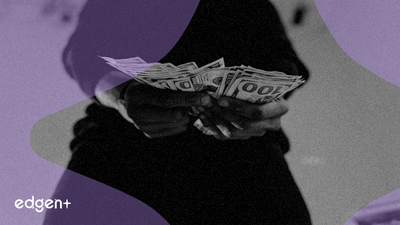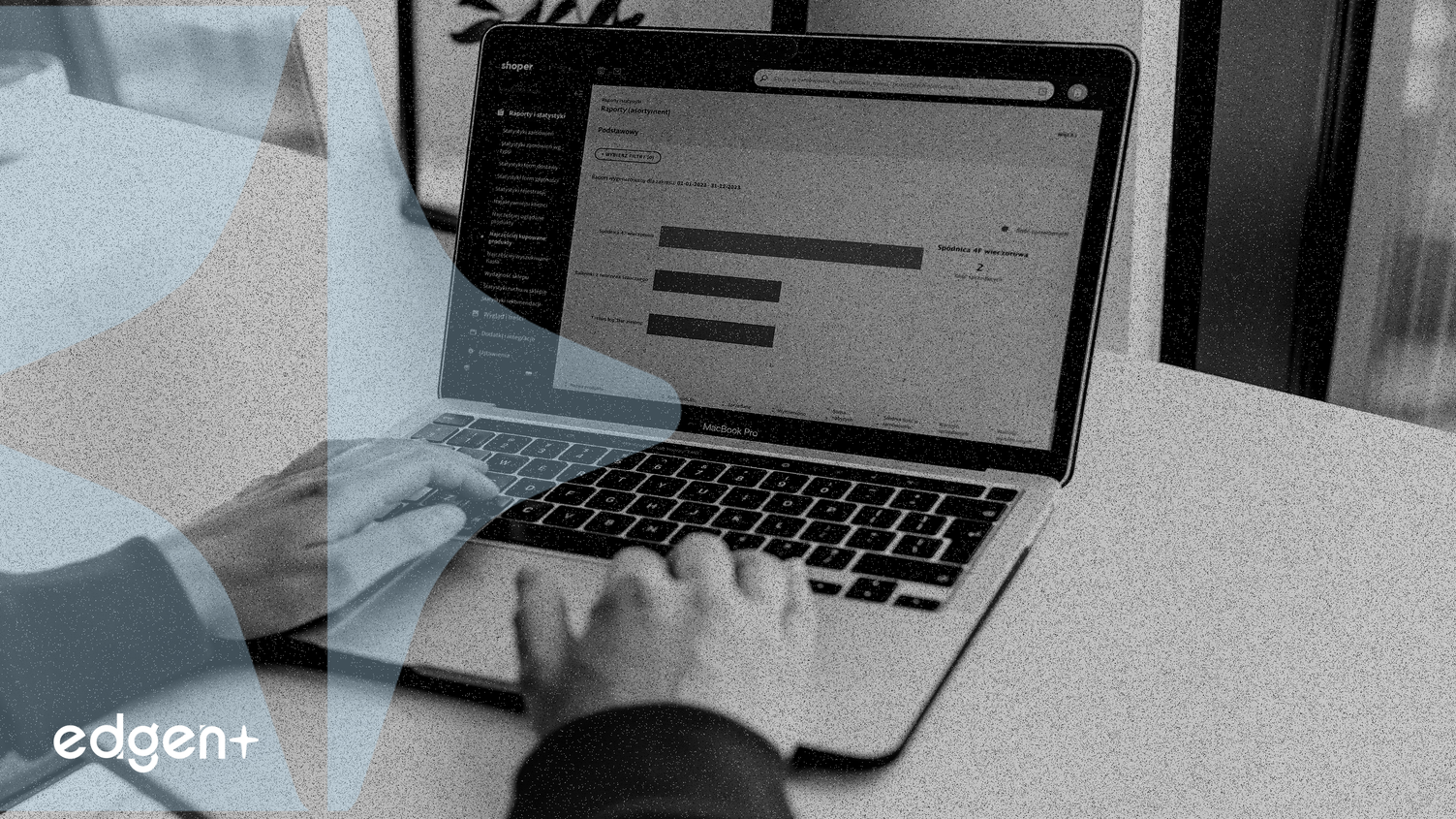Related News

Report: $12B in DeFi Liquidity Sits Idle, Highlighting Widespread Inefficiency
## Executive Summary A new report on the state of Decentralized Finance (DeFi) has exposed critical inefficiencies within its core infrastructure, revealing that as much as $12 billion in digital assets lies dormant in liquidity pools. The analysis indicates that between 83% and 95% of all capital supplied to automated market makers (AMMs) is not being actively used for trading. This widespread capital inefficiency is disproportionately impacting retail participants, with data showing that approximately half of all liquidity providers (LPs) are incurring financial losses. ## The Event in Detail The central issue identified is the phenomenon of **impermanent loss**, a risk inherent to providing liquidity in AMMs where the price of deposited assets changes compared to their value if simply held. According to the findings, these potential losses are not being sufficiently compensated by the trading fees earned. The study highlights that roughly 50% of LPs on major platforms like **Uniswap V3** have suffered negative returns, contributing to a collective deficit exceeding $60 million. This problem is exacerbated by what experts describe as fragmented liquidity. Capital is spread thinly across thousands of isolated pools, many of which fail to attract significant trading volume. An OECD report on the matter confirms this high concentration, noting that the vast majority of trading volume occurs in a "tiny fraction" of available liquidity pools, predominantly on the **Ethereum** blockchain. ## Market Implications The report's findings present a significant challenge to the DeFi ecosystem's long-term viability and its appeal to mainstream investors. The high rate of loss among retail LPs could erode confidence and deter new capital from entering the space, thereby limiting growth. Furthermore, the data suggests that the current AMM model, while innovative, is structurally flawed, failing to provide sustainable returns for a large portion of its user base. This inefficiency represents a substantial opportunity cost and a drag on the overall health of the decentralized economy. ## Expert Commentary Financial analysts and protocol developers have pointed to these figures as evidence of an unsustainable model for retail participants. A study conducted by **Bancor**, a decentralized trading protocol, previously corroborated these findings, noting that 49.5% of LPs on Uniswap V3 experienced negative returns due to impermanent loss. In response, some industry experts are championing **concentrated liquidity** as a potential solution. This mechanism allows LPs to allocate their capital within specific price ranges where most trading occurs, rather than across an infinite spectrum. By concentrating liquidity, providers can theoretically improve capital efficiency and earn higher fees from the same amount of assets, offering a more active way to manage risk and potentially mitigate impermanent loss. ## Broader Context This liquidity crisis is symptomatic of a broader structural issue within DeFi: market fragmentation. Even on integrated blockchains, liquidity remains siloed in isolated pools, preventing capital from flowing to where it is most needed. The over-concentration of activity in a handful of protocols and pools indicates a market that is still maturing. As the DeFi sector evolves, addressing these fundamental inefficiencies will be critical for fostering a more stable, efficient, and trustworthy financial ecosystem capable of supporting sophisticated, high-volume trading.

WLFI Surges Over 19% on Strategic Buybacks, While STRK Plummets 26% Amid Broader Market Downturn
## Executive Summary The digital asset market displayed significant divergence as **World Liberty Financial (WLFI)** appreciated by 19.33% to a price of $0.146, while **Starknet (STRK)** depreciated by 26.19% to $0.1701. WLFI's upward momentum is attributed to specific internal catalysts, including aggressive treasury management and ecosystem expansion. In contrast, STRK's decline appears linked to broader market sentiment and its correlation with major assets like **Bitcoin (BTC)**, illustrating a market that is selectively rewarding tokens with distinct value-creation strategies over those simply following systemic trends. ## The Event in Detail ### WLFI's Strategic Rally WLFI's price surge is supported by several fundamental actions. **World Liberty Financial**, the entity behind the token, executed a token burn of 47 million WLFI to reduce supply and enhance value. This was complemented by significant accumulation from large holders, or "whales," who purchased over 400,000 tokens following a recent market crash. The organization itself made a substantial investment, buying $10 million worth of WLFI during the downturn. This strategic buying has contributed to a price recovery of over 100% from its record low of $0.072. The growth of the associated **USD1** stablecoin, which has expanded to approximately 377,000 holders, has also bolstered investor confidence in the ecosystem's utility and long-term viability. ### Starknet's Market-Driven Decline In sharp contrast, **Starknet (STRK)** experienced a severe price drop exceeding 26%. Market observers attribute this nosedive primarily to a broader crypto market crash, which saw institutional redemptions from **Bitcoin ETFs** and a more than 2% drop in the Nasdaq Composite. STRK's high correlation with **Bitcoin** left it exposed to this market-wide volatility. Despite the token's price fall, the network's fundamentals remain notably robust, with its Total Value Locked (TVL) holding firm at over $340 million, indicating continued developer and user activity on the platform. ## Market Implications The divergent performance of WLFI and STRK offers critical insight into current market dynamics. Investors are demonstrating a clear preference for assets with proactive and transparent value-accrual mechanisms. WLFI's use of token burns and strategic buybacks, a playbook similar to those used by other corporate entities to manage equity, has been positively received. Conversely, STRK's performance serves as a case study for the risks associated with high beta assets in the crypto space. Even with strong underlying technology and a healthy TVL, its price action remains heavily influenced by macro factors and the performance of market leaders like **Bitcoin**. This suggests that in times of market uncertainty, assets without distinct, immediate catalysts are more vulnerable to systemic sell-offs. ## Broader Context This event highlights an evolving narrative in corporate crypto adoption and treasury strategy. WLFI’s actions signal a move towards using tokenomics as an active tool for treasury management, aiming to directly impact valuation. It positions the asset as a case study for how corporate-style financial strategies are being implemented in decentralized ecosystems. Meanwhile, the pressure on **Starknet** underscores the persistent challenge for Layer-2 solutions and other altcoins in decoupling their market performance from **Bitcoin**. While network utility and TVL are crucial long-term indicators, short-term valuation remains closely tied to the broader "crypto market beta." This dynamic forces investors to weigh fundamental project strength against systemic market risks, a key consideration for portfolio construction in the digital asset class.

Solo Bitcoin Miner Earns $266,000 Reward With 1.2 TH/s Hashrate, Highlighting Network Probability
## The Event in Detail An independent Bitcoin miner successfully solved block 924,569, receiving the full block reward of 3.146 BTC, valued at approximately $266,000 at the time of the event. The miner accomplished this feat with a hashrate of only 1.2 TH/s, an exceptionally low amount of computing power relative to the total network hashrate. This makes the successful block validation a statistically rare occurrence. ## Financial Mechanics and Probability Bitcoin mining is a process where miners compete to solve a complex mathematical problem, with the winner receiving the right to add the next block to the blockchain and claim the associated reward. Success is directly proportional to a miner's share of the total network hashrate. Given the current total network hashrate is measured in hundreds of exahashes per second (EH/s), a 1.2 terahash per second (TH/s) operation represents a negligible fraction of the total power. To illustrate the odds, analysis from April, when network difficulty was lower, estimated that a 1.2 TH/s machine had a daily probability of just 0.00068390% of successfully mining a block. This event is therefore comparable to winning a lottery. The hardware likely used, such as a **Bitaxe Gamma 601** which runs on a **BM1370 ASIC** chip, is notable for its low power consumption (15-17W) and accessibility, demonstrating that participation in the network is possible with minimal capital expenditure on hardware. ## Market Implications This event has limited direct impact on the price of **Bitcoin** but carries significant weight for the network's decentralization narrative. It provides a proof-of-concept that the **Bitcoin** protocol functions as designed, allowing any participant, regardless of scale, a chance to earn rewards. While several solo miners have achieved similar success this year, the dominant force in mining remains large, publicly traded mining corporations and private mining pools that aggregate hashrate from thousands of participants to smooth out reward variance. ## Broader Context While celebrated as a win for the individual, this event does not fundamentally alter the economic realities of the mining industry. The business model of professional mining operations is built on scale, efficiency, and predictable revenue streams, which is why the pool mining model prevails. Solo mining remains a high-risk, high-reward endeavor with an extremely low probability of success. However, these occurrences serve as a powerful reminder of the underlying permissionless nature of the **Bitcoin** network, a core tenet of its value proposition. They underscore that, at its base layer, the network remains open to all participants.
